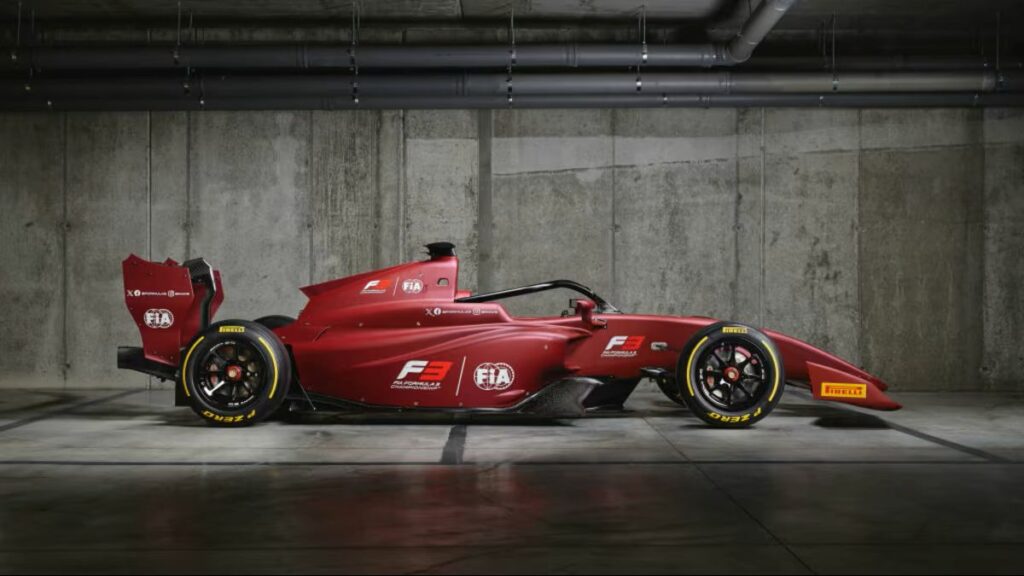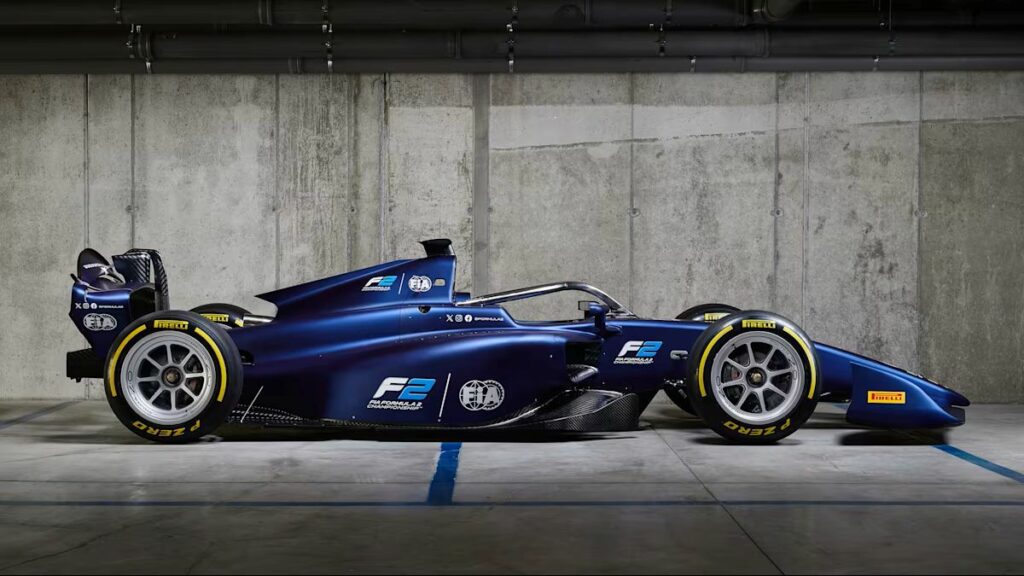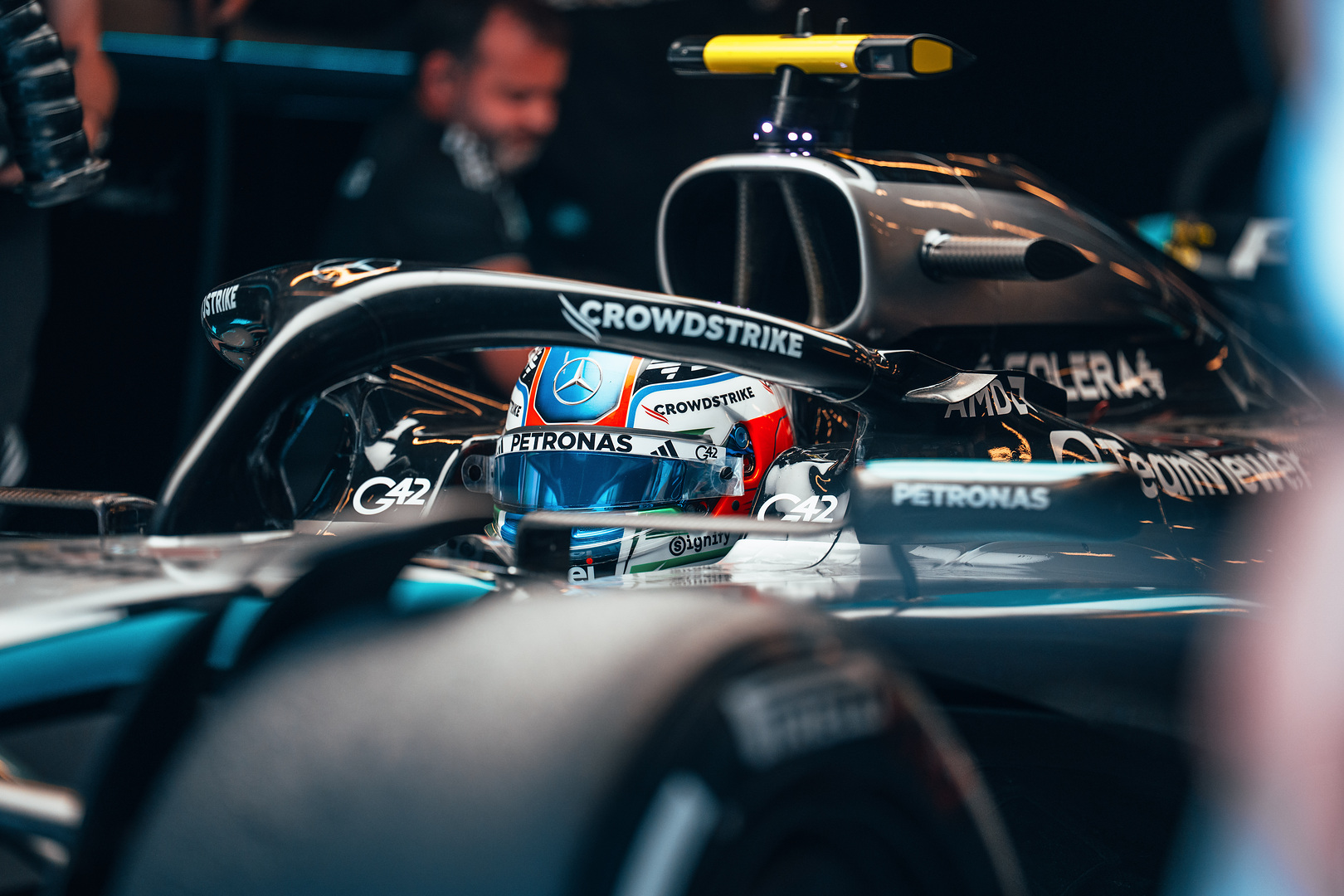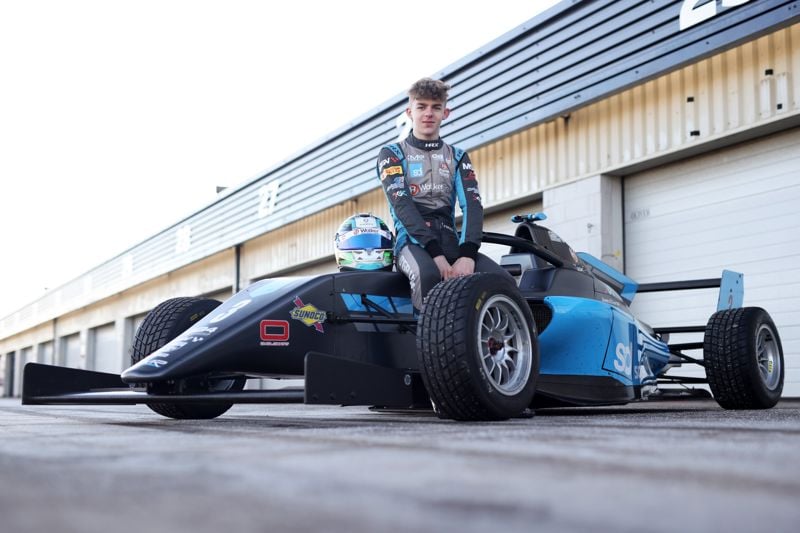Every F1 superstar begins somewhere — and for most, that somewhere is either F2 or F3. These junior categories form the backbone of the single-seater racing ladder, nurturing talent and preparing drivers for the high-octane world of F1.
At first glance, Formula 2 (F2) and Formula 3 (F3) might seem like two tiers of the same sport, sharing race weekends and looking somewhat similar on track. Yet beneath the surface, these cars and the championships they race in have very different purposes, designs, and challenges.
In this article, we break down exactly what sets F2 and F3 apart — from engines and speed to safety and sustainability — in a way anyone can understand. Whether you are a casual fan or just curious about how race cars evolve through the ranks, this guide will clarify what makes each formula unique and why both are vital in shaping future champions.
From rookie to pro: Why two steps matter
Motorsport is a demanding career path. Young drivers start in karts, then move through regional single-seater categories before arriving on the global stage. F3 and F2 represent two crucial steps on that climb.
F3 is a driver’s first taste of international racing. It focuses on learning key skills — such as wheel-to-wheel combat, tyre and brake management, and race strategy — without overwhelming newcomers. The cars are fast, but designed to be forgiving enough for rookies to develop their talent.
On the flip side, F2 acts as the final proving ground before F1. The cars are heavier, more powerful, and packed with complex technology. In F2, drivers face intense competition, demanding circuits, and machinery that mimics the handling and performance of F1 cars.
In short: F3 is the classroom; F2 is the exam. Drivers who graduate from F2 are those who can handle the pressure, speed, and complexity expected at the sport’s summit.

Power play: Engines that define the pace
When it comes to sheer power, F2 clearly takes the lead. The F2 car boasts a 3.4-litre V6 turbocharged engine crafted by Mecachrome. A turbocharger is a device that forces extra air into the engine, allowing it to burn more fuel and produce greater power. This engine generates an impressive 620 horsepower, pushing the car from zero to racing speed with breathtaking acceleration.
By contrast, the F3 car uses a naturally aspirated 3.4-litre V6 from the same manufacturer. “Naturally aspirated” means the engine breathes air naturally, without forced induction like a turbo. This results in a smoother power curve but less raw horsepower — about 380 horsepower.
While the difference might seem technical, the impact is clear on track: F2 cars sprint faster, hit higher top speeds, and demand quicker reflexes to harness their explosive power. F3 cars, meanwhile, offer young drivers a more manageable platform to understand throttle control and car balance.
Rocket vs. racer: Acceleration and speed in numbers
Numbers tell the story vividly. The F2 car roars from 0 to 100 km/h in just 2.9 seconds and rockets to 200 km/h in 6.6 seconds. On fast tracks like Italy’s Monza, it can top 335 km/h with aerodynamic aids such as the Drag Reduction System (DRS), which temporarily reduces drag to increase straight-line speed.
The F3 car is no slowpoke — it reaches 100 km/h in 3.0 seconds and 200 km/h in 7.7 seconds, maxing out around 300 km/h. This is still blisteringly quick, faster than most road cars and more than enough to test any aspiring racer’s nerves and skills.
This speed difference reflects their different roles. F3 is about teaching drivers how to handle speed, while F2 tests their ability to manage near-F1 performance and prepare for the top level.
Braking and bending: Handling the G-Force challenge
Racing is not just about going fast — it’s about controlling that speed through corners and stops.
F2 drivers endure enormous physical forces. Their cars generate up to 3.5 times the force of gravity under braking (noted as -3.5 G), and cornering forces of 3.9 G. Imagine feeling nearly four times your own body weight pushing you sideways in a turn — that is how intense it gets.
F3 cars are gentler but still demanding, producing -1.9 G braking and 2.6 G lateral forces in corners. These forces are significant but less punishing, allowing young drivers to adapt gradually to the physical side of racing.
The higher G-forces in F2 require exceptional fitness and concentration — a big reason why drivers must be prepared physically and mentally before making the jump from F3.
Safety First: Innovations that Protect Lives
Modern race cars are engineering marvels designed to keep drivers as safe as possible. F2 cars are built with a carbon-aluminium monocoque, a survival cell that encases the driver in a strong, lightweight shell. They also feature Zylon anti-intrusion panels — materials similar to bulletproof fabric — that protect the cockpit from debris. The iconic Titanium Halo, a reinforced ring around the cockpit, shields the driver’s head from flying objects.
F3 cars use a comparable carbon monocoque but substitute steel for titanium in the Halo and omit the Zylon panels to save cost and weight. While slightly less advanced, these cars still meet rigorous FIA safety standards and pass the same crash tests.
Both categories include wheel tethers to prevent tyres from flying off in crashes, and every component undergoes stringent testing. Safety innovations from these levels often trickle up to F1 and eventually road cars.
Gear shifts at the speed of thought
Gone are the days of clutch pedals and long gear levers in racing cars. Both F2 and F3 drivers shift gears using paddle shifters behind the steering wheel. This allows gear changes without removing hands from the wheel — critical when travelling at over 300 km/h.
The F2 gearbox is a six-speed sequential unit made by Hewland, activated electro-hydraulically, which means electronic signals control hydraulic pressure to swiftly and smoothly engage gears.
F3 uses a bespoke six-speed gearbox by 3Mo, also with paddle-shift control and Marelli electronic management. Although functionally similar, the F2 gearbox handles greater torque and speed, demanding more precision and durability.
Mastering these gearboxes is essential for drivers, as smooth and timely shifts can make the difference between victory and defeat.
Suspension: The art of balance
A car’s suspension affects how well it sticks to the road, absorbs bumps, and handles corners.
F2 cars feature sophisticated double-wishbone suspensions with pushrod operation, torsion bars, and fully adjustable dampers (shock absorbers). Engineers can tweak ride height, wheel camber (tilt), and toe angle (direction wheels point) to suit different tracks and driver preferences.
F3 cars have a similar setup but with fewer adjustments to reduce costs and complexity. They also benefit from a design that is less sensitive to ride height changes, making them more forgiving for drivers still learning setup basics.
This flexibility in F2 means teams can extract maximum performance but also requires deep technical knowledge and driver feedback.

Tyres and wheels: The grip connection
Tyres are the only contact between car and track, so their size, compound, and pressure are critical.
F2 runs on 18-inch magnesium wheels, with wide tyres — 12 inches front and 13.7 inches rear — to provide a large contact patch for grip. These tyres come with a Tyre Pressure Monitoring System (TPMS) that feeds real-time pressure data back to the team, helping manage performance and safety.
F3 uses smaller 16-inch wheels and narrower tyres, designed specifically for its power and weight levels. Although smaller, these tyres are highly engineered to provide grip, consistency, and durability needed for tight racing.
Both categories run Pirelli tyres, tailored for each series with different compounds to suit weather and track conditions.
Data and electronics: Racing by the numbers
In today’s racing, data is king. Both F2 and F3 cars are loaded with sensors that record everything from engine temperature to steering input.
F2 cars have live telemetry, which means teams monitor the car’s vital signs in real-time during races. This data helps strategists decide when to pit, adjust car settings, or warn drivers about mechanical issues.
F3 cars also collect data but do not transmit it live during races. Teams analyse the information only after sessions finish. This approach reduces cost and complexity, focusing more on driver skill and feedback.
Such systems help drivers learn how their inputs affect the car, fostering deeper understanding and preparation for F1’s data-rich environment.
Sustainability: Racing into a greener future
As motorsport faces environmental challenges, sustainability has become a key focus—especially in junior categories.
F3 leads the charge by running on 100% sustainable fuel meeting FIA standards, reducing carbon emissions significantly. Several car components, including the engine cover and driver seat shell, are made from recycled carbon fibre, demonstrating a commitment to eco-friendly engineering.
F2 has yet to adopt similar green technologies but is expected to follow as part of the sport’s overall drive toward net-zero carbon footprints.
These efforts prove that cutting-edge racing and environmental responsibility can go hand in hand.
From track to F1: The bigger picture
Why do these differences matter? Because each formula prepares drivers for what lies ahead in F1.
F3 is the place where drivers learn to race seriously. The cars are fast enough to test their mettle but forgiving enough to allow mistakes. It builds core skills: car control, racecraft, and mental focus.
F2 demands more. It simulates the physical and technical challenges of F1, pushing drivers to adapt to more power, higher speeds, and complex car systems. Success in F2 often signals a driver’s readiness for the world’s premier racing series.
For teams and fans alike, these series provide a glimpse of future champions in the making.
Two paths, one dream
F2 and F3 are distinct chapters in the story of racing careers. Each has its place, purpose, and unique challenges. F3 is the workshop for raw talent — a place to learn, grow, and develop racecraft. F2 is the arena where that talent is sharpened and tested at near-F1 speed. Together, they form a vital pipeline, ensuring that when a driver reaches F1, they have the skills, experience, and resilience to compete at the highest level.
In motorsport’s ever-evolving landscape, these junior formulas remain the crucibles where tomorrow’s legends are forged.





